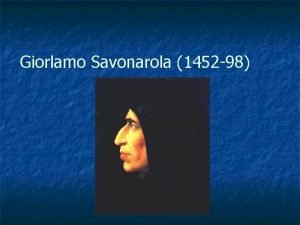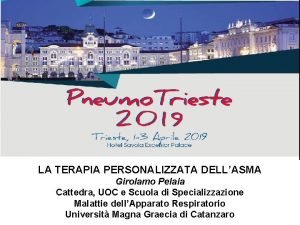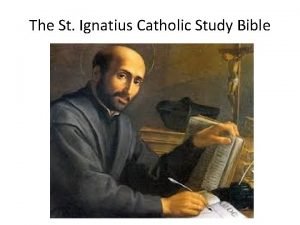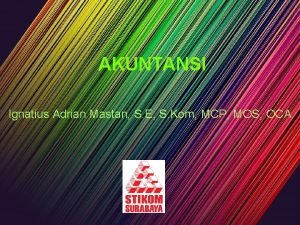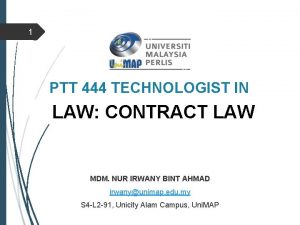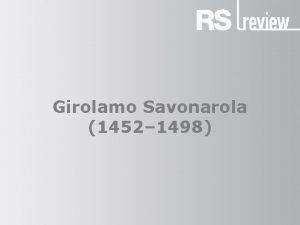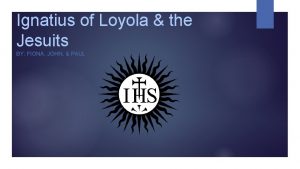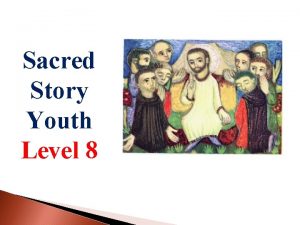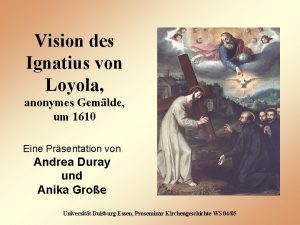Ignatius of Loyola the Jesuits Girolamo Savonarola Christian










- Slides: 10

Ignatius of Loyola & the Jesuits & Girolamo Savonarola Christian Pomerantz & Amanda De La Cruz

Girolamo Savonarola • One of the first reformers who tried to change the church within; He preached fiery speeches against the abuses of the church in the late 1400's. • Savonarola was born into a family that was a part of the higher region of the social hierarchy. He started preaching at around 1474 when he had first entered the Dominican order at Bologna. • Girolamo was a Dominican friar and dictated Florence when the Medici were driven out in 1494.

Girolamo Savonarola • In 1482, he preached at Florence, but his first trial was a sudden failure. • He was not popular to the superior point that he had expected to be at. Though at Brescia, his passion had finally conquered and captured people's attention. • In 1489, he was called to Florence. He made a second appearance at the platform in the church in which the preacher preaches of San Marco. • He preached about the sinfulness and neglecting of religion that was occurring during that time. • He had been in Florence a dozen years prior, and had made his reputation as a prophet, preacher, and a man who was traumatized and obsessed with the fact that one day God’s “wrath” (anger) would come upon man-kind. • Like many in history, Girolamo had several opposers/enemies. In fact, many of his enemies called his followers “snivellers. ” (Which mean some one who complains, cries and whines a lot. ) • He disapproved of the Italian renaissance, which also contributed to his numerous amount of enemies. He frowned upon nudity, sex, jokes, jewelry or any sort of luxury. • he banned carnivals, substituting every art celebrated into religious celebrations and studies.

Girolamo Savonarola • The famous “Bonfire of Vanities” was completely destroyed in 1497. He had the gaming tables, cards, carnival masks, mirrors, ornaments, nude statues, and everything that he deemed indecent was burned in the streets. He also disagreed with having business and financiers. • Amongst his many enemies, was the Borgia pope, Alexander VI. • Alexander had many reasons as to his uncomfortableness of the Dominican’s empowerment and condemnation (disapproval) of having free will and luxury that the Church and its leaders had. • This lead to him being excommunicated by the Pope and it’s leaders. • On Palm Sunday, St. Mark’s cathedral was attacked by a vicious mob. One of the many arrested was Girolamo and two of his followers, Fra Dominico and Fra Salvestro. • They were tortured before being given to the state or authority by two papal commissioners whom came from Rome. On May 23 rd in the morning, an alter was set up for everyone to see three friars who were held up to execution. They were hung.

How does this event show religious disunity in Europe? § The whole situation involving the Bonfire of Vanities had been a religious controversy because the whole reason as to why Girolamo Savonarola had stripped the people from having the rights to celebrating it was because he believed it stirred something that did not abide to religious unity or commitment. He began to spread the idea of melting all possible jewelry and caused an up-roar and mobs in the city of Florence which cause feud on how God is looked at.

Ignatius of Loyola • Born 1491, Loyola, Castile - died July 31, 1556 • Spanish churchman and founder of the Jesuits (1534); this order of Roman Catholic priests proved an effective force for reviving Catholicism during the Catholic Reformation. • A Spanish theologian, who was one of the most influential figures during the Counter Reformation • In 1517 - became a knight in service of one of his relative, Antonio Manrique de Lara, who was the Duke of Najera. • After the war with the French, he was injured by a cannon ball in 1521. • So while in the midst of healing, he read the words of Jesus and decided to do great things.

Ignatius of Loyola • Over the years, he had conquered the art of spiritual direction, which he successfully proves in his book, “Spiritual Exercises. ” “Spiritual Exercises” is a collection of his insights, prayers, and suggestions.

Jesuits • The most influential of the groups that attempted to reform the church by creating new religious orders was the Society of Jesus, or the Jesuits. • The Jesuit order was founded in 1534 by Ignatius of Loyola, a Basque nobleman and former soldier. • The order was approved by the pope in 1539. • The Jesuits concentrated on education as a means of combating and the Protestant Reformations. • They established missions, schools, and universities. • In 1773 Pope Clement XIV, under pressure especially from the governments of France, Spain, and Portugal, issued a decree abolishing the order. The society’s corporate existence was maintained in Russia under political circumstances.

Jesuits Pt. 2 § The Jesuits were feared amongst society and by a few, hated by others. They were deemed the most prestigious order in the Roman Catholic Church. The ones who followed the laws in the book of "Spiritual Exercises" joined Ignatius in taking vows of poverty, chastity (refraining from sexual intercourse), and pilgrimage to Jerusalem. If the last promise was not completed, they had to vow to any work that the Pope had sent. § The Society of Jesus (Jesuits) was blamed for many mistakes. It was said that the faults should not all be put upon the Bourbonian courts. § There was talk about trade in Paraguay, the bankruptcy of Father Lavalette Martinique, the Chinese rite controversy, the fight with the Jansenists and the easy moral of some court confessors. § When the Jesuits ventured off to Paraguay, society immediately judged this as dangerously problematic. So Portugal expelled the Jesuits in 1759, France followed in 1764, Spain in 1767 and Naples-Parma in 1768.

CREDITS https: //upload. wikimedia. org/wikipedia/commons/thumb/b/b 4/Portrait_of_Girolamo_Savonarola_1524. jpg/220 px-Portrait_of_Girolamo_Savonarola_1524. jpg http: //2. bp. blogspot. com/-Wf. JOl. HHLM 8 A/Ty. CVf. BUra. II/AAAADO 0/Xy. TCybe. Ih 38/s 1600/Loyola-and-Jesuit-Theologians. bmp https: //upload. wikimedia. org/wikipedia/commons/1/15/St_Ignatius_of_Loyola_(1491 -1556)_Founder_of_the_Jesuits. jpg https: //upload. wikimedia. org/wikipedia/commons/2/25/Ignatius_of_Loyola_(militant). jpg http: //photos. wikimapia. org/p/00/03/12/97/08_big. jpg http: //www. historytoday. com/richard-cavendish/execution-florentine-friar-savonarola http: //s 3 -eu-west-1. amazonaws. com/lookandlearn-preview/B/B 001328. jpg http: //www. britannica. com/biography/Saint-Ignatius-of-Loyola http: //my. hrw. com/apps/alchemy/editors/viewers/popup_viewer. html http: //www. ignatianspirituality. com/ignatian-voices/st-ignatius-loyola http: //blogs. nd. edu/oblation/files/2011/09/1201390185_2 bacef 3 c 93. jpg http: //www. wga. hu/art/u/ussi/executio. jpg http: //www. britannica. com/topic/Jesuits http: //www. con-spiration. de/syre/english/jul/e 0721 -2. html
